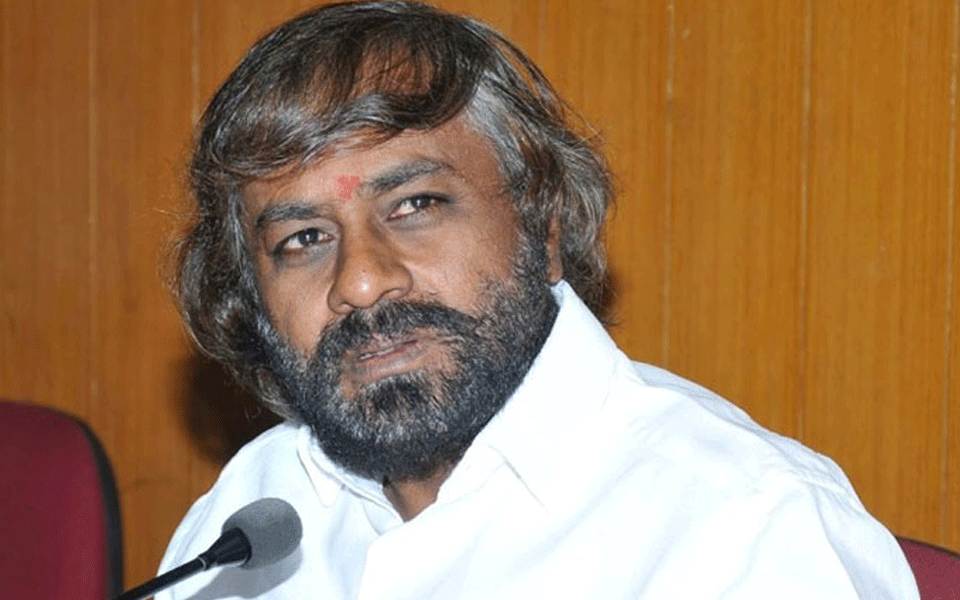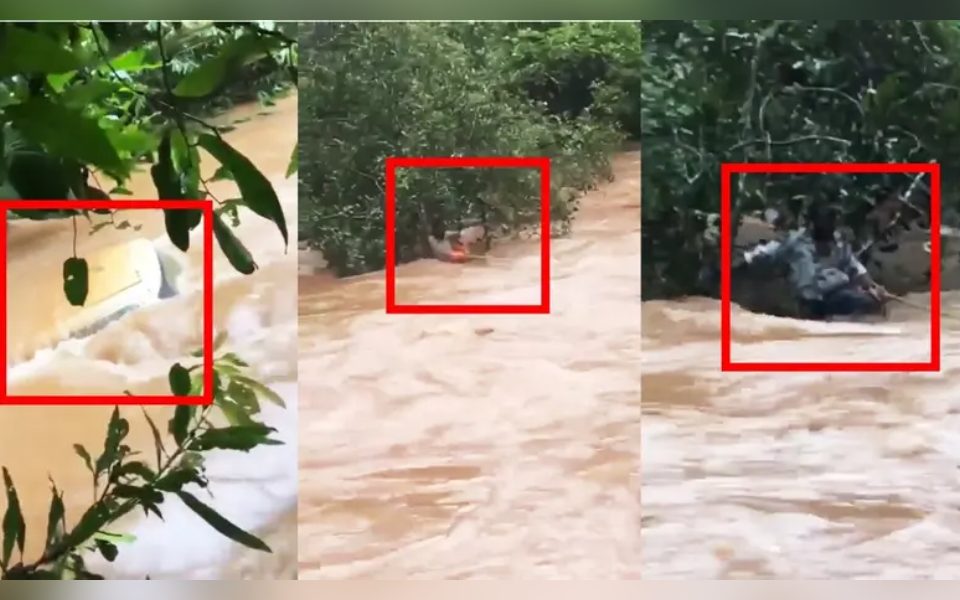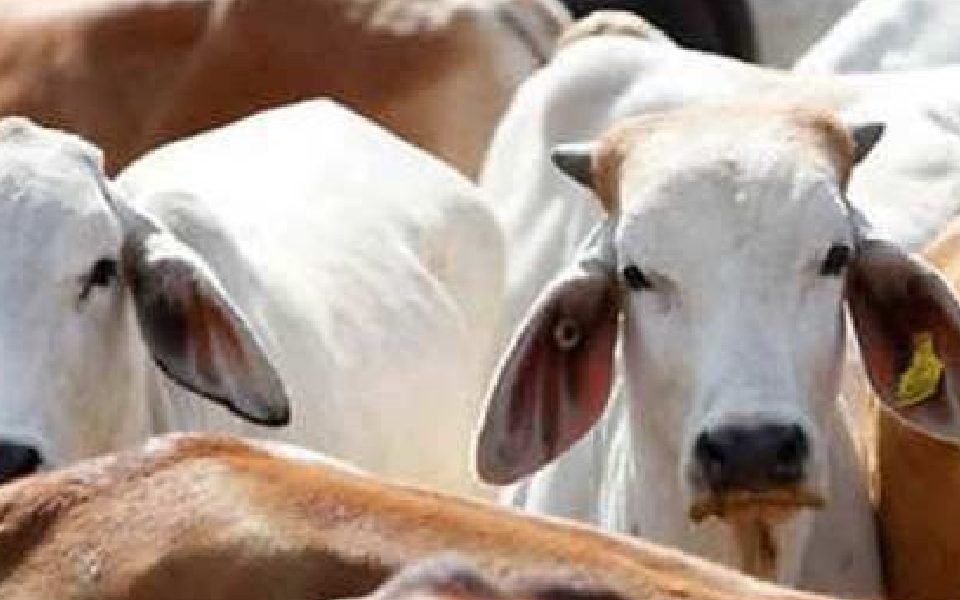Bengaluru, Mar 10: Karnataka Minister for Forest, Ecology and Environment Eshwar Khandre and his Kerala counterpart A K Saseendran on Sunday chaired a meeting of top forest officials of their states and Tamil Nadu to discuss adopting a joint SOP to manage human-animal conflict.
Khandre, in a statement issued by his office about the meeting, said that the states of Karnataka, Tamil Nadu and Kerala have decided to work together to prevent human-wildlife conflict and poaching, and to conserve forests and wildlife.
There have been several incidents of wild animals attacking and killing humans in the three states in recent months -- and it has become a major issue in Kerala, with people living near forested areas holding major protests against the state government for doing little to prevent the loss of life and property.
In today's meeting, Karnataka proposed a joint standard operating procedure (SOP) to manage human-wildlife conflict in the southern states, Khandre said, and stressed on collaboration between various departments in this regard.
Khandre and Saseendran chaired the first coordination meeting of top officials of the forest department of Karnataka, Kerala and Tamil Nadu near Bandipur Tiger Reserve's safari centre.
Noting that wild animals roam freely from one forest to another and between the states, Khandre said that measures have been discussed to reduce damage to lives and crops from wildlife in any of the states. These measures will be given a tangible form soon, he added.
The three southern states decided to cooperate with each other to save nature and the environment by adopting best practices, he was quoted as saying by his office in the statement.
"The states of Karnataka, Kerala and Tamil Nadu are doing well in forest and wildlife conservation programmes. That is why the numbers of wildlife have increased in these three states," he further said, emphasising that it is crucial to continue these efforts.
The growing populations of humans and wildlife and the expansion of human habitats to the fringes of the forest have contributed to a rise in cases of human-wildlife, Khandre said, adding, "Every living thing born on this earth has the right to live."
He asserted that it is essential for people living on the edges of forests to learn to coexist with wildlife.
"Every life is precious and concerted efforts should be made" to protect it, he said, highlighting steps taken by Karnataka to prevent the entry of wild elephants into human habitats. The state has installed solar-powered electric fences and railway barricades.
According to the release, the best practices adopted in forest and wildlife conservation in the three states were shared, knowledge was exchanged, and new discoveries were discussed.
"Prevention of human-wildlife conflict and poaching, and forest fire control require efficient use of advanced technology. This was also briefly discussed in the meeting, and the use of technology will be emphasised in the upcoming meetings between the three states," the minister said.
Stating that cooperation is also necessary for the elimination of invasive species of weeds such as senna and lantana, he said that the three states have proposed to set up an advisory committee for technology adoption and weed destruction.
The collaborative initiatives discussed in the meeting include: Informed decision making based on wildlife numbers and through coordinated operations, and a proposal to constitute an advisory council comprising wildlife conservation experts to provide valuable insights to enhance conflict management strategies, among others.
Let the Truth be known. If you read VB and like VB, please be a VB Supporter and Help us deliver the Truth to one and all.
Kasaragod: Two youths, who were on their way to a hospital using Google Maps to find their way, drove their car into a swollen river but had a miraculous escape as the vehicle got stuck to a tree in Kerala's northernmost Kasaragod district.
The visuals of Fire Force personnel pulling them to safety from the overflowing river in Pallanchi here the other day went viral on social media platforms on Sunday.
They could escape and contact the Fire Force personnel only because their vehicle, which was carried away by the water currents, got stuck in a tree.
The rescued youths said they were on their way to a hospital in neighbouring Karnataka in the wee hours the other day and were proceeding using Google Maps.
Abdul Rasheed, one of the youths, said Google Maps showed a narrow road and they drove their car through it.
"Using the vehicle's headlight, we felt that there was some water in front of us. But, we didn't see that there was a river on both sides and a bridge in the middle. There was also no sidewall for the bridge," he told a TV channel.
The car suddenly began to get carried away in the water currents but later got stuck in a tree on the shores of the river.
By this time, they managed to open the car door, come out of the vehicle and contacted the Fire Force personnel by sending them the location.
Later, Fire Force personnel rushed to the place and pulled out the two men to safety using ropes.
"We never thought that we could come back to life. We truly feel that it is a rebirth," Rasheed added.
Last month, a group of tourists from Hyderabad drove into a swollen stream near Kuruppanthara in Kottayam apparently after using Google Maps.
All four managed to escape unharmed due to the efforts of a nearby police patrol unit and local residents, but their vehicle was completely submerged.
Two #Kanhangad natives had a narrow escape on the #Pallanchi Forest road in #Kasaragod's #Kuttikol after their car fell into a river early morning on Thursday.
— Hate Detector 🔍 (@HateDetectors) June 27, 2024
The passengers M Abdul Rashid (35) and A Thashreef (36) said they met with the accident at 6 AM while heading towards a… pic.twitter.com/SMmJ58UBq3





